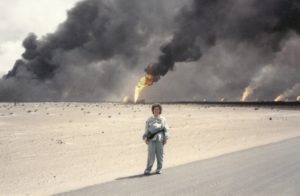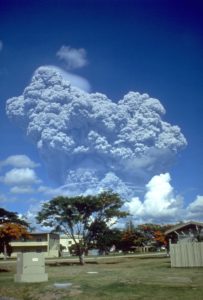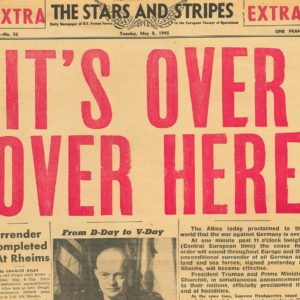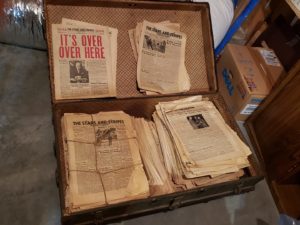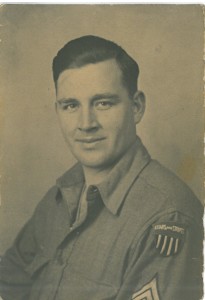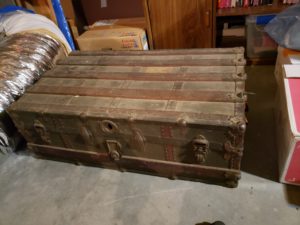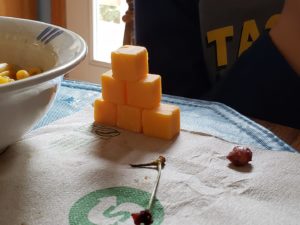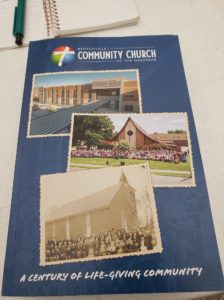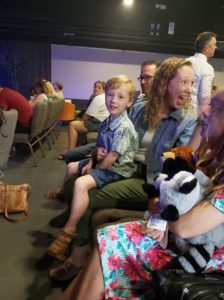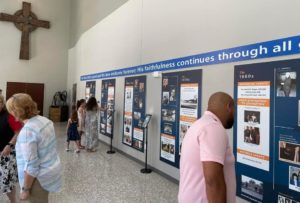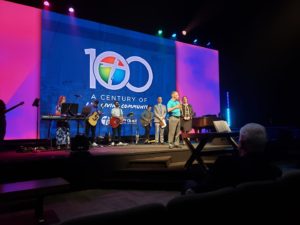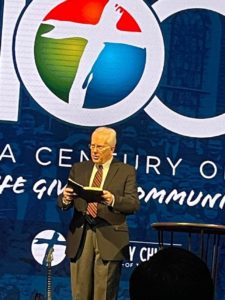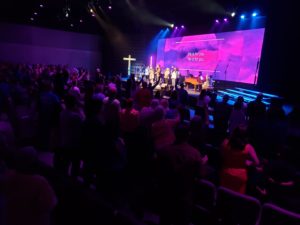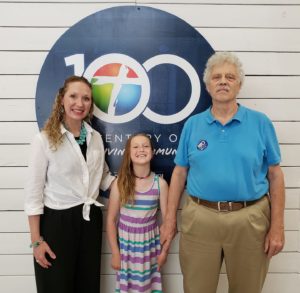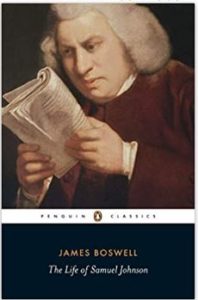The earth has a 24 hour day, right?
Not so fast. We know that earth’s rotation isn’t exactly 24 hours. It’s a little less than that. That’s why we have to add 397 leap days every 400 years. Yet, even that isn’t quite accurate enough to keep our solar-year-based calendar exactly aligned with a true solar year.
The world recognized the inexactness of the 24-hour day to measure a year. The Julian Calendar was produced during the reign of Julius Ceasar, creating the concept of a leap year and leap day. A long time later, mankind found that wasn’t accurate enough, and the Gregorian calendar was created, tweaking the Julian and getting us enough into alignment for, it was thought, a few millenia.
Now, however, we have scientific instrument so accurate that they have found that not only is the Gregorian Calendar off a little, but the earth’s rotation is not a fixed amount. It changes regularly, and can change with each rotation. So one day, it might be 23 hours, 56 minutes, and 4.1 seconds. The next day it might be 23 hours, 56 minutes, and 4.11 seconds. Or some such variation.
A while back I studied this. I wondered: Is it possible that the earth’s rotation is slowing, and what impact would that have on climate. I found data showing that the earth’s rotation is slowing. Every now and then, those that keep the atomic clock announce that they will add a “leap second” at such and such a time. Somehow all these electronic clocks we have get the message and the second is added, or they are manually reset. Maybe that’s why our analog clock in the kitchen keeps running fast.
The current info on Wikipedia’s “Earth’s Rotation” page is that earth’s rotation seems to be slowing about 2.3 milliseconds per century for the last 15 centuries. Except, in 2020, scientists noted a change, an infinitesimally longer rotation. Whether this is a trend of just an anomaly is too early to stay.
What would the effect be of a slowing rotation of the earth on earth’s climate? You would have longer consecutive daylight and longer consecutive dark. It seems like this would result in more weather extremes. Over time, the climate should exhibit more extremes.
But, how much difference can a few seconds over a milenia or two make? Surely, you will say, I’m over-emphasizing this potential factor as a potential natural cause of currently observed climate change. Maybe so. But I think we have several factors to consider. One is that we don’t know that this slowing has been at this same rate forever in the earth’s life. What if it slowed at a faster rate for a billion years and is now reaching some kind of steady state? The other is what if the cumulative effects of slowing rotation have just reached some kind of critical mass, and the climate is showing the effects of thousands of years of slowing?
I looked for answers to these questions, and didn’t find them. Possibly it’s like with volcanic activity—articles not available in 2018-2019 when I did my studies didn’t exist but they are out there now. Someday I’ll repeat my studies, but not now. For now, I see no mention of the earth’s rotation as a factor in climate change, only pat dismissals.
